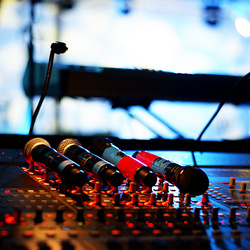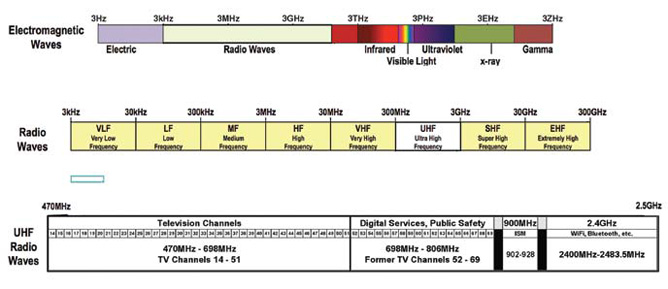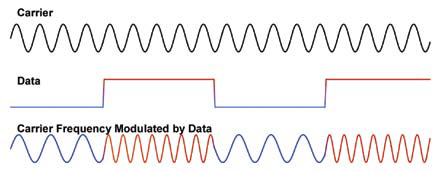Everyone has at least one wireless microphone story – perhaps you’ve been on the edge of your seat with fingers crossed that disaster wasn’t unfolding, or maybe it was just an unexpected but minor incident.
Regardless, lose the wires and depend on a radio signal for success, and things have been known to get a bit tense from time to time. Add in the increased tightening of the RF spectrum available for wireless system use, and the situation can be more edgy indeed.
These primary factors, along with a host of secondary ones, drive the product engineers who design wireless microphone systems for performance and presentation to continue innovating to achieve the “holy grail” of totally reliable RF connections with impeccable audio quality – and as many channels as possible without interference.
As with most other categories of pro audio equipment, advances in computing and digital processing are helping to foster advancements, with the goal of solving the perennial problems of signal dropout, extraneous noise, enough clear channels, matching levels between wired and wireless transmission, control of unreachable transmitters and receivers during production, and less-than-wired-quality audio.
Many of the latest wireless systems use digital technology in one or more of three ways. For some systems, the actual RF transmission is digital rather than a modulated analog carrier (FM) – the audio is converted into ones and zeroes before transmission and then decoded at the receiver.
Other systems still use FM transmission but with sophisticated digital signal processing right after the microphone transducer (or instrument signal) to prepare and sometimes encrypt the signal before it leaves the transmitter. And a few take a systems approach using advanced computing techniques for a more total solution for the real-time management of multi-channel wireless audio in the most critical performances.
Digital Transmission
Digital transmission is basically a high-frequency carrier that is modulated with a digital data signal which has a state of one or zero. Various schemes modify the frequency, phase, or amplitude by a given amount which is used to represent the data stream. In some systems, both phase and amplitude are modified to create a data stream containing more information per time period.
A commonly employed digital encoding method in audio is frequency shift keying (FSK), which uses a particular frequency to represent a one, and another frequency to represent a zero.
The audio is sampled at 20 or 24 bits, typically at 44.1 or 48 KHz per second, to determine its instantaneous level, and that level is represented by a digital “word” such as 101101 (purely for example). On the receiving end, it’s separated from the carrier and decoded to reproduce the audio signal.
Transmission approaches range from a wide band (500 kHz) digital stream in the 902 to 928 MHz or 2.4 GHz band, to 200 kHz digital in the UHF bands from 470 to 698 MHz (and into the 800 MHz spectrum in Europe), to ultra-wide band (500 MHz) at 6 GHz.
There is also a smattering of spread spectrum, frequency hopping, and proprietary “unmentioned in public” techniques.
At least one system transmits digital data streams on two distinct and widely separated frequencies and reassembles the audio at the receiver to provide great resistance to interference and data/signal loss. Unlike an analog wireless signal that can “noise up” but still be heard, the digital signal is either clear or gone.

















